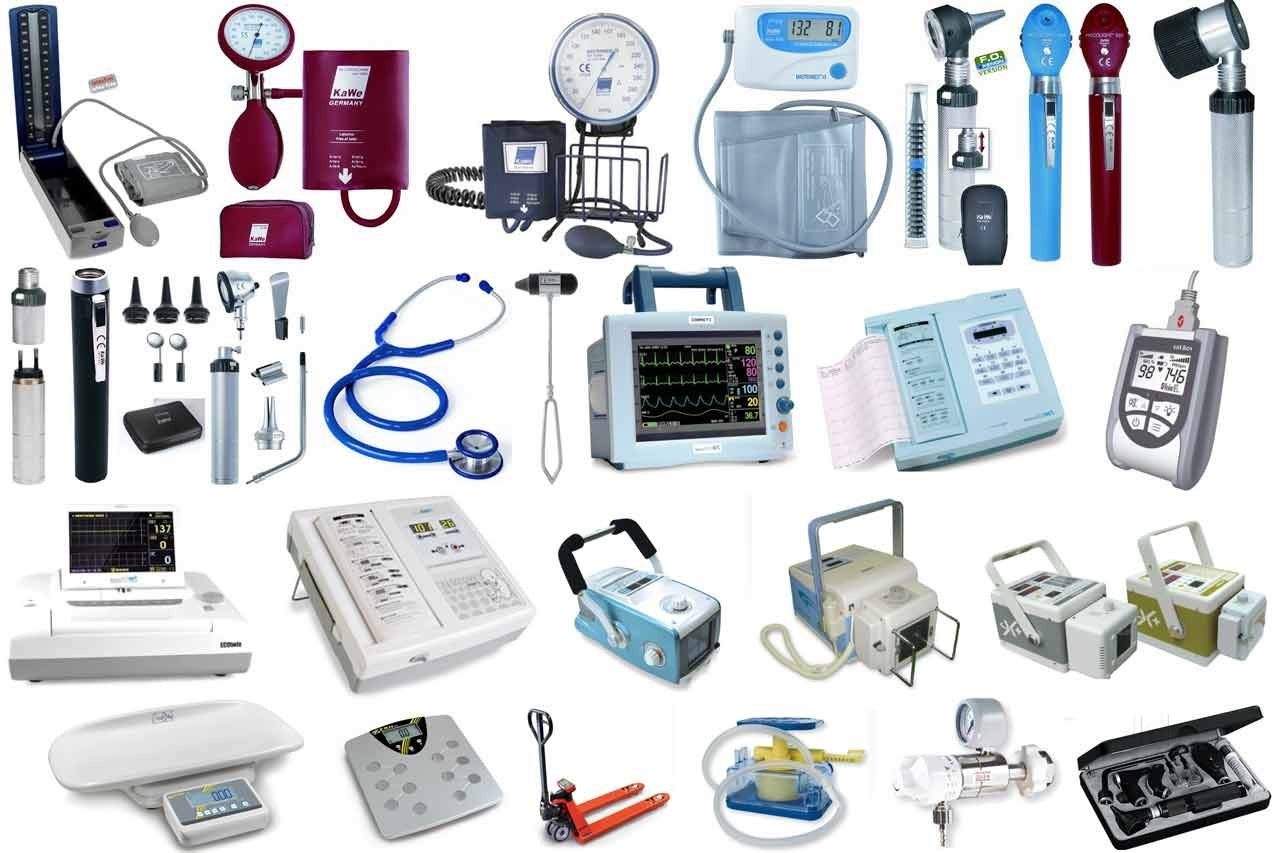Service & Details
One solution to better care

Medical Equipments
Medical equipment refers to a wide range of devices and tools used in healthcare settings for diagnosis, treatment, monitoring, and rehabilitation of patients. This equipment is essential for providing quality care and ensuring patient safety. Here’s an overview of various categories of medical equipment, their functions, and considerations for use.
Categories of Medical Equipment:
Diagnostic Equipment:
- X-Ray Machines: Used for imaging internal structures of the body to diagnose fractures, infections, and tumors.
- Ultrasound Machines: Employ sound waves to create images of organs and structures, commonly used in prenatal care and abdominal assessments.
- MRI Machines: Magnetic resonance imaging provides detailed images of soft tissues and organs.
- CT Scanners: Computed tomography combines X-ray images to create cross-sectional views of the body.
- Electrocardiogram (ECG) Machines: Monitor heart activity by recording electrical signals.
Therapeutic Equipment:
- Infusion Pumps: Deliver fluids, medications, or nutrients into a patient’s circulatory system in a controlled manner.
- Nebulizers: Convert liquid medication into a mist for inhalation, often used for respiratory conditions.
- Dialysis Machines: Filter waste and excess fluids from the blood for patients with kidney failure.
- Ventilators: Provide mechanical assistance for patients who are unable to breathe adequately on their own.
Monitoring Equipment:
- Patient Monitors: Track vital signs such as heart rate, blood pressure, oxygen saturation, and respiratory rate.
- Pulse Oximeters: Measure blood oxygen levels non-invasively, often used in critical care settings.
- Capnometers: Monitor the concentration of carbon dioxide in exhaled air, useful in anesthesia and respiratory therapy.
.png)